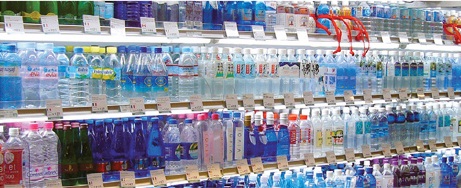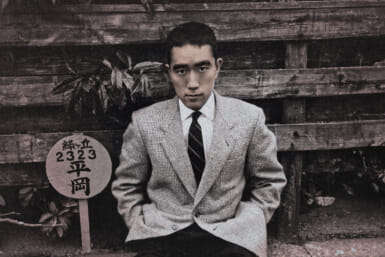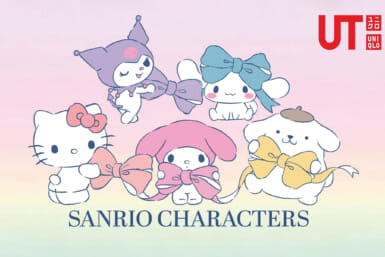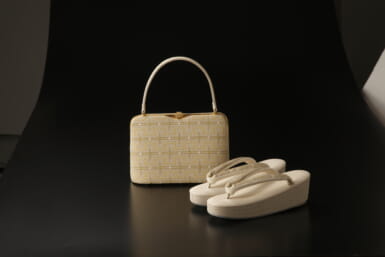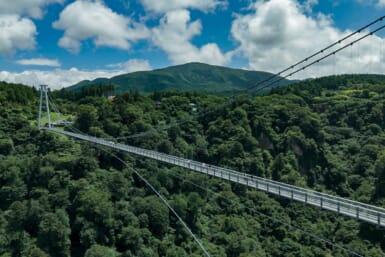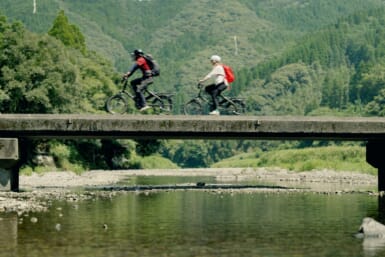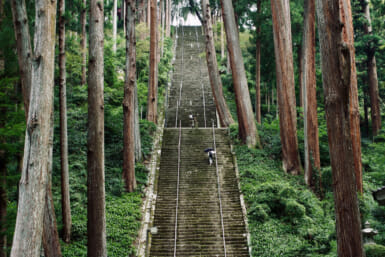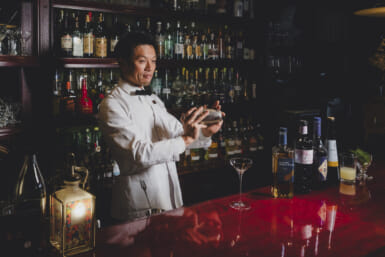by Danielle Rippingale
According to the UN, almost half of the world’s population faces a scarcity of water. Deficiencies associated with accessible and safe drinking water and lack of sanitation account for many water-related diseases and kill almost 5,000 children per day and 2 million people per year.
Rapid industrialization of many countries has lead to freshwater contamination by chemical and toxic waste pollutants (agricultural and industrial) and aggravates an already serious water pollution problem. With less than 1 percent of the earth’s freshwater usable (that’s .01 percent of the earth’s total water), we are extremely careless with this essential resource. This is particularly alarming as we see temperatures rise and energy needs soar, further pinching water resources globally.
World Water Day (March 22) is a day dedicated to the issue of water. Water is a basic human necessity that eludes 2.8 billion people worldwide. Yet, consider that the highest consumers of bottled water are in countries that have access to safe water.
Consumers worldwide spend $100 billion annually in the false belief that bottled water is better for them than tap water The consequences to the environment and your own wallet are staggering. Globally, 3 million tons of plastic bottles are annually produced. In the US alone that amounts to 1.5 million barrels of crude oil used annually just to manufacture these bottles. And on the other end of the consumption chain, while Japanese statistics indicate approximately 69 percent of PET bottles are recycled; the global trend is much less, with only 13 percent in the UK and USA escaping the landfill.
There are over 400 brands of bottled water on the market in Japan. Either Japan is really thirsty or the sexy and pervasive marketing of bottled water has led people to lose faith in the faucet. Research indicates that people buy bottled water because of perceived health benefits and fashion appeal. This is ironic given that our own city tap water has more stringent quality standards than bottled water. The latest trend sees the marketing of bottled water with “beauty and health-promoting minerals”—a winner amongst women in Japan. However, these minerals have limited health benefits and can actually be dangerous if consumed in high quantities.
Don’t be sold on the chic bottles, celebrity endorsements, or alpine images—in most cases you are drinking bottled tap water—just paying up to 10,000 times more for it! Did you know that here in Japan, city waterworks sell ordinary tap water in fancy bottles, like Yokohama’s number one bottled water Hamakko Doshi and Tokyo’s own Tokyo Sui?
Tokyo Waterworks provides safe and clean water. Because we tend to perceive water cleanliness by smell and taste, they even use state-of-the-art purification equipment that uses ozone and activated carbon-absorbing treatments to further minimize odor and taste.
Eco-Fact:
On March 28, 2008 over 50 million people representing over 400 cities on all continents turned out their lights in the largest climate event of all time, Earth Hour. (These included the Sydney Opera House, Bangkok’s Wat Arun temple, The Coliseum, NY Empire State Building, Golden Gate Bridge, and the Google homepage.) www.earthhour.org.
Alternatives to bottled water…
Reduce the chlorine taste and smell of your Tokyo tap water by boiling your water and letting it stand overnight, allowing the chlorine to evaporate. Store in glass or metal pitchers to further diminish concerns about tastes related to plastic.
If you are really concerned about the quality of your tap water there are many jug and facet home filtration systems available in Japan.
| GREEN GLOSSARY |
Grey water: The 50-80 percent of residential ‘waste’ water that comes from dish, shower, sink, and laundry (all except water from toilets) that can be reused for other purposes, especially landscape irrigation. |

